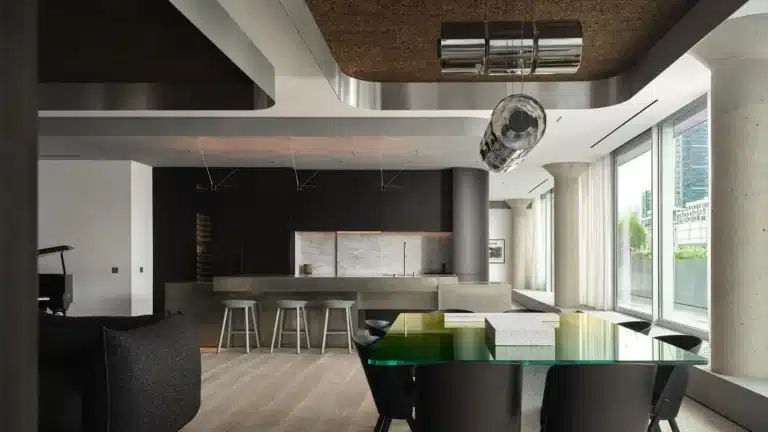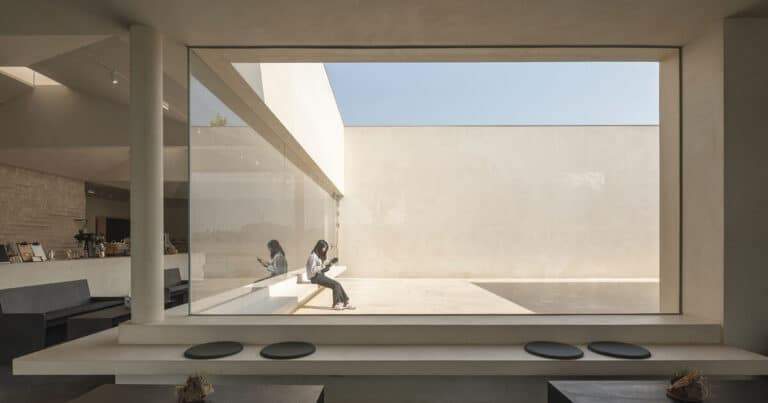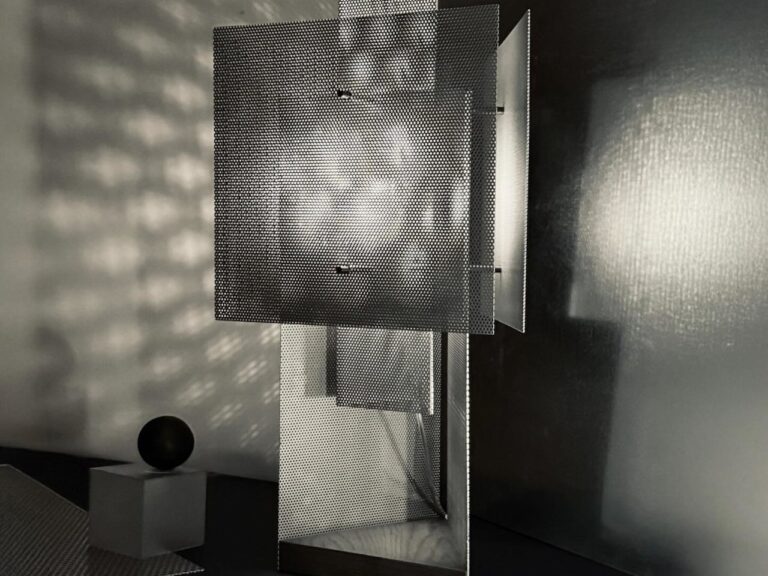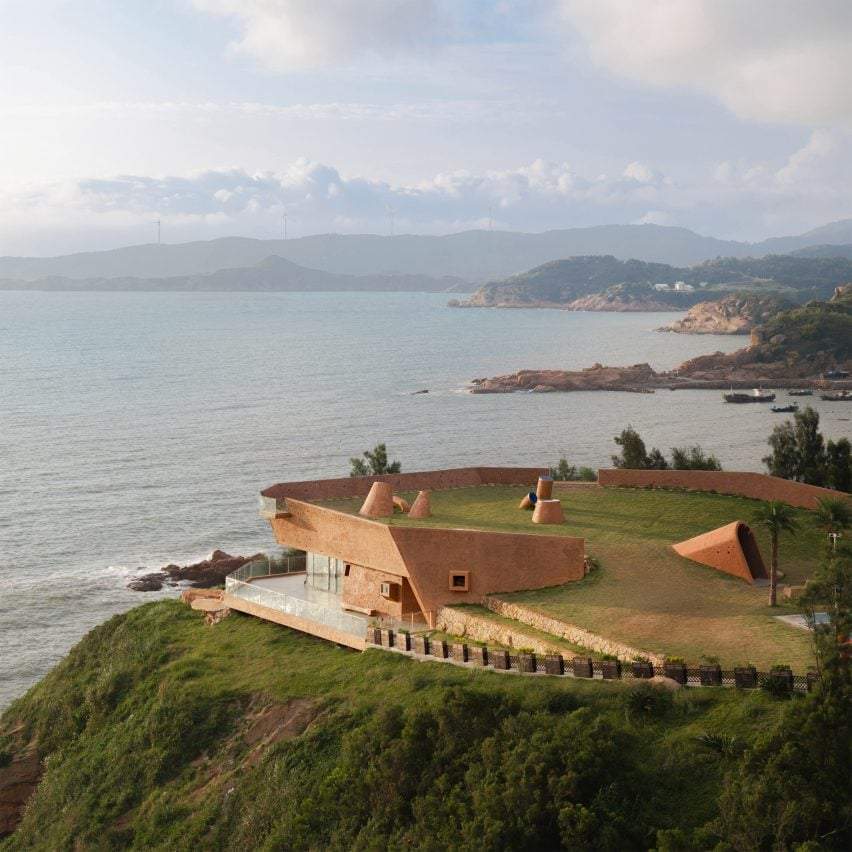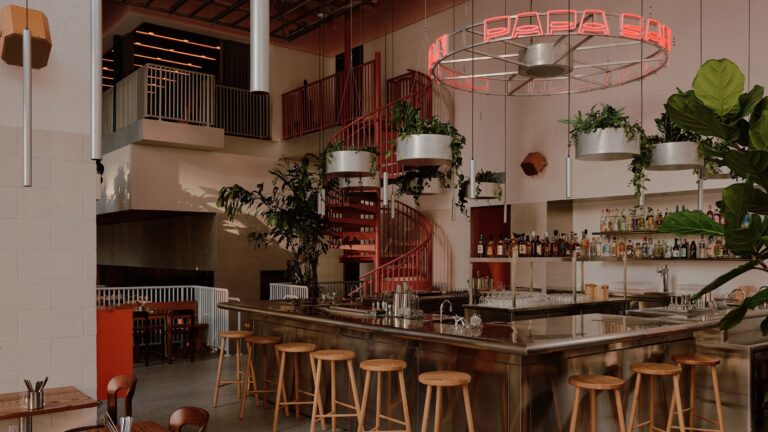Living in Layers: The Rise of Expandable Furniture at Salone del Mobile 2025
In a world grappling with limited space, rising housing costs, and the pursuit of smarter living, the furniture showcased at Salone del Mobile 2025 offered a compelling glimpse into how design adapts. One of the most persistent—and quietly revolutionary—themes observed across several halls was the rise of expandable, foldable, and transformable furniture.

Modular Thinking in Motion
From dining tables that expand with a single slide to shelving systems that collapse into walls, the 2025 edition of Salone emphasized a specific type of intelligence: furniture that moves, shifts, and responds to space.
At booths like Resource Furniture, Clei, and Atim, we saw:
- Wall-mounted beds that fold into sofas by day, then reemerge at night.
- Tables that expanded from two to six seats with hidden rails and sliding panels.
- Iron-framed shelves that rotated to reveal alternate functions—storage, desks, even lighting.


This is design for density—a response to growing urban constraints and shrinking personal spaces.
Why Now? Economics Meets Design
The question is not why designers are pursuing this approach, but why it’s gaining mainstream attention now.
According to Eurostat, the average living space per person in European cities has declined by 11% over the past decade. In cities like Tokyo, London, and Milan, rental prices have surged while square footage has shrunk. This has created a fertile ground for adaptive design, not just as a luxury, but as a necessity.
Architectural economist Lina Ortega, in a recent study, linked multi-functional living solutions directly to demographic and pricing pressures, concluding: “Expandable design is no longer a convenience—it is housing policy in physical form.”

Cultural Roots and Regional Relevance
Interestingly, this movement has strong ties to Eastern and Mediterranean cultures, where space-conscious living has been a long-standing norm. Japanese tatami configurations and Levantine diwan layouts are historic precedents of space transformation.
What we are witnessing now is the elevation of that thinking into high-end, precision-engineered furniture systems, merging tradition with innovation.
What ArchUp Observed
Many of these designs go beyond gimmicks. They are mechanically refined, aesthetically neutral, and architecturally aware. These pieces do not scream for attention—they blend into interiors and emerge only when needed.
In interviews with design leads at Salone, there was a repeated emphasis on:
- Reducing environmental footprint by maximizing utility.
- Designing for millennial and Gen Z renters who seek flexibility.
- Anticipating the needs of multi-generational households.
Final Thought: Furniture as Architecture
At its best, expandable furniture dissolves the line between interior design and architecture. It invites us to live in layers, not meters.
Salone del Mobile 2025 showcased this future: one where form follows flexibility, and space is no longer defined by walls—but by what they contain.


